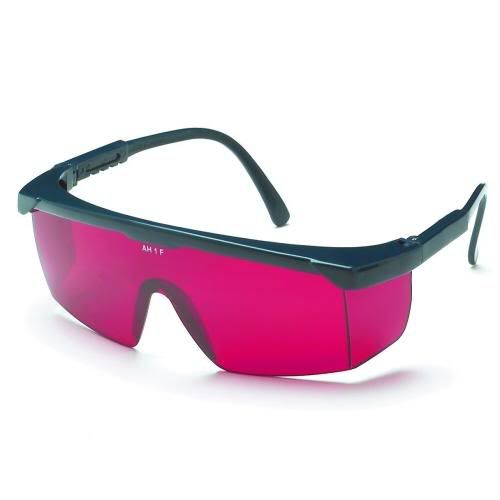Second-Order Properties
 Locke developed the concept of the "second-order properties" of objects that I have found useful in a number of philosophical discussions. A second-order property is a property that does not exist in objects independently, but only exist by virtue of there being a perceiver. For example, size, shape and motion are first-order properties, while colour, sound and "painful" are second-order properties.
Locke developed the concept of the "second-order properties" of objects that I have found useful in a number of philosophical discussions. A second-order property is a property that does not exist in objects independently, but only exist by virtue of there being a perceiver. For example, size, shape and motion are first-order properties, while colour, sound and "painful" are second-order properties.These second-order properties are not completely in the object because the "qualia" or impressions they create are not really in the object. The qualia or smell of the rose is not really in the rose, but is the way we perceive certain effluvia of the rose. The qualia or feeling of pain is certainly not really in the pan, but is the way we perceive the heat of the pan. As such, second-order properties are at least partially tied to the qualia or impressions they leave on our sensory apparatus.
A common mistake is to act as though claims about second-order properties are false. The argument runs as follows. "Red" things are not actually red at all. Rather, redness is only the qualia we get from certain objects. The apparent redness of the objects themselves is only an illusion. Therefore, the statement that "the balloon is red" is a false statement. Rather, one ought to say that the balloon is not red, but is rather not really coloured at all, and I merely have the qualia of red while perceiving the object.
This ignores the fact that our truth-conditions for saying an object is red are not simply that the object is producing the qualia of red. Rather, a number of conditions can make something red, even when we do not perceive it as red, and a number of conditions can make something not red, even when we do perceive it as red. For instance, something is still red even when someone shuts off the lights in a room or hides it behind a door or waves it in front of a blind person. Moreover, something doesn't become red when someone puts on red-coloured glasses or shines a red light on it. The claim that something is red is not simply the claim that it is giving me a red qualia. It is a claim about the object itself.
My suggestion for the second-order definition of "red" is any object that can only reflect a certain range of lightwaves from the visible spectrum. This means that objects that we see in white light that appear red are truly red, while also allowing objects we cannot currently see due to lack of light or barriers to be considered red. It is a definition of a power of the object, rather than something the object is necessarily actually doing.
However, the definition is not completely observer independent. Rather, it is relative to human nature. The only reason we care about that particular range of lightwaves enough to call them "red" is because they produce the red qualia; in fact, we truthfully called objects "red" long before we knew anything about lightwaves or the power that produced that qualia. As such, we are looking for the properties of objects that are most likely to produce those qualia, which, in this case, is the ability to produce only a certain set of lightwaves from the visible spectrum.
Second order properties are a useful concept, because they enable us to talk meaningfully about observer-dependent properties of objects and still treat them as properties of the objects. We can thereby avoid some of the dismissiveness of treating qualia as though they are purely illusions, and have a deeper understanding of the relationship between our senses and the world.









4 Comments:
nice post!i will be pleased if you visit my blog,thx.[leave a comment if you could]
Thanks for visiting, the karma incipient. I had a look at your blog, and it's very well done.
You seem to want to have it both ways, saying that the colour red is objective (a certain wave length) and subjective (it is relative to human nature). But your reason for postulating the subjectivity of the colour red is misleading, since it is not the nature of red that is relative to human nature but rather the practical importance to us of the colour red. If what we find important is ipso facto relative to the observer, then you are using the phrase "relative to the observer" is an attenuated and altogether difference sense than the sense in which, e.g., pleasure and pain are relative to the observer.
Yes!These objects can be useful.
Post a Comment
<< Home